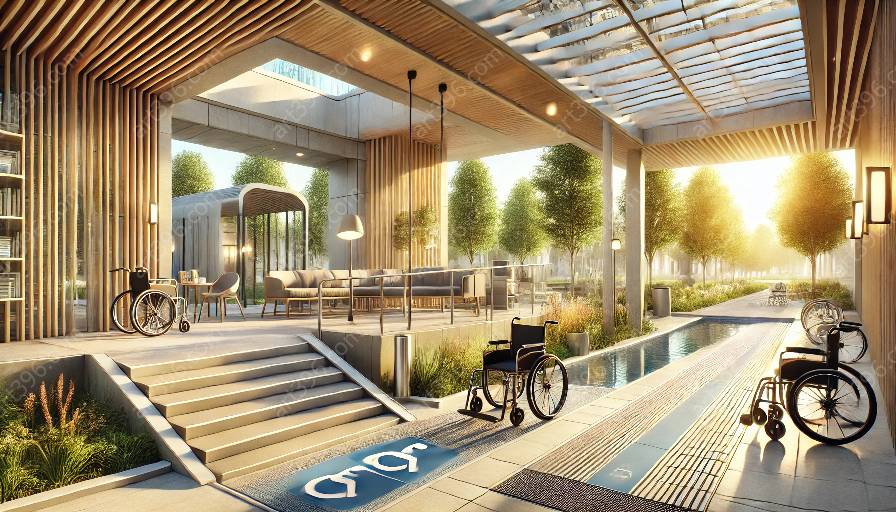Architecture is not just about creating beautiful structures; it's also about making spaces accessible and inclusive for everyone. Inclusive design thinking is a powerful approach that can enhance the creativity of architectural solutions and contribute to accessible architecture. By integrating inclusive design principles, architects can create spaces that are welcoming and functional for people of all abilities and backgrounds.
Understanding Inclusive Design Thinking
Inclusive design thinking involves considering the diverse needs and experiences of all potential users throughout the design process. It recognizes the unique challenges faced by individuals with disabilities, the elderly, children, and other marginalized groups. By prioritizing inclusivity, architects can develop solutions that promote equal access and opportunities for everyone.
Principles of Inclusive Design
The principles of inclusive design emphasize flexibility, diversity, simplicity, and intuitive use. Architects approach design challenges by considering a wide range of abilities and circumstances, aiming to create environments that are usable by the broadest spectrum of users without the need for adaptation or specialized design.
Enhancing Creativity through Inclusivity
Embracing inclusive design thinking can actually enhance architectural creativity. By leveraging the perspectives and experiences of diverse user groups, architects can gain fresh insights and innovative ideas. This process fosters a more creative approach to problem-solving, leading to unconventional and inspiring architectural solutions.
Impact on Accessible Architecture
Inclusive design thinking has a significant impact on accessible architecture. It promotes the development of spaces that are not only physically accessible but also emotionally and socially inclusive. This approach goes beyond compliance with accessibility standards, aiming to create environments that promote a sense of belonging and well-being for all users.
Best Practices in Inclusive Design
Architects can adopt several best practices to integrate inclusive design thinking into their projects. This includes conducting user research, involving diverse stakeholders in the design process, prioritizing flexibility and adaptability in design solutions, and continuously seeking feedback from users to refine and improve designs.
Conclusion
Inclusive design thinking is a transformative approach that can enhance the creativity of architectural solutions and contribute to accessible architecture. By embracing inclusivity, architects have the opportunity to create spaces that are not only visually stunning but also truly welcoming and functional for all. Through the integration of inclusive design principles, the architectural landscape can become more diverse, equitable, and inclusive for generations to come.

















































































